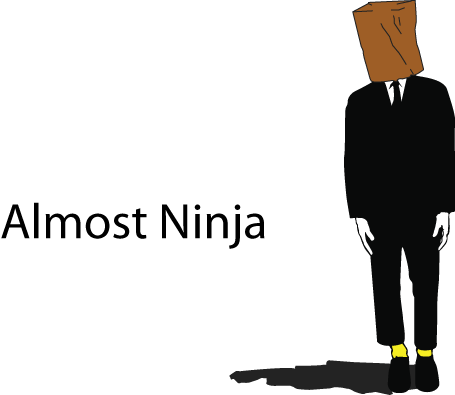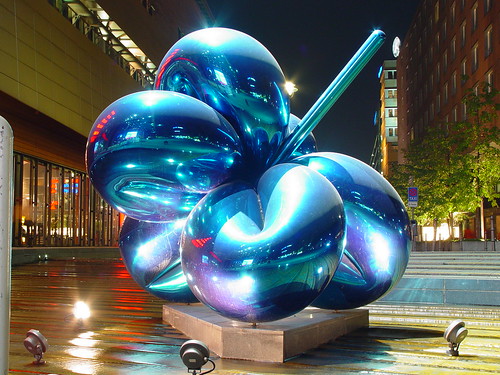
Through his interest in autoconstrucción ("self-construction"), Abraham Cruzvillegas explores economies of the makeshift, the handmade and the recycled. His recent work gravitates toward an examination of his childhood home and the neighborhood of Ajusco, a district in the south of Mexico City founded by migrants who, like his parents, squatted and settled in what was deemed uninhabitable land in the 1960s. To this day, Ajusco's landscape of volcanic rock remains a work in process. Structures are in a constant state of transformation, as additions are made when materials become available and necessity dictates.
In contrast to cities developed with central planning or strict building codes, the architecture of each building in Ajusco is heterogeneous and manifests the particular vision of those who built it, often referencing a hybrid of styles and sensibilities indicative of an individuals' ideals and often informed by other people, places and times. The sense of ingenuity and improvisation that characterizes the landscape here reflects the vibrant, self-reliant and politically active community (who fought for the rights to property ownership) and becomes the impetus for the artist's own exploration of the roots of his practice. In a text accompanying his recent exhibition at The Centre for Contemporary Arts in Glasgow, Cruzvillegas explains:
Many of my works are evidence of my will to confront at once two or more radically different economic systems through bricollage [sic] or assemblage, making hybrid marriages and bizarre mixtures of materials and techniques&.a reproduction of the diverse dynamics involved, regarding the economic and social environment as a sort of scaffolding through/on which I do my moves.
At REDCAT, Abraham Cruzvillegas continues to expand upon his interest in social organization, collaboration and exchange. For this solo exhibition, the artist presents a newly commissioned film that offers a rich portrait of Ajusco. Shot on location with non-professional actors and developed by a self-organized, guerilla-style film cooperative, the film employs an unconventional narrative without dialogue, intertwining footage of the landscape with unscripted moments of intimacy and encounter. Cruzvillegas' film uses the predictable, mechanistic structure of early pornographic films to build a non-linear story made up of fragments that collapses the past and present--the neighborhood's history and present, landscape and everyday life--as an abstract portrait. The film, the artist's first, will be installed along side other related work including storyboards made by other artists.
Over the past ten years, Abraham Cruzvillegas has developed a language of improvisation and assemblage that brings together materials into attentive, though unexpected, states of energy and equilibrium. In earlier works, the artist dynamically integrates natural objects such as candles handmade from animal fat, bird feathers, maguey leaves, wool and beads with more "_modern" or manufactured materials such as milled lumber, metal, tools and consumer packaging--contemplating notions of craft, authorship and hybrid forms.
This exhibition is accompanied by a major bilingual (English and Spanish), four-color monograph about the artist's ongoing interest in autoconstrucción as methodology and form. The publication includes an exquisite corpse like exchange between the legendary artist, writer and activist Jimmie Durham and Cruzvillegas as well as contributions by Mark Godfrey, Clara Kim and Ryan Inouye. The publication will be available in late October/early November.
Born in 1968 in México City, Abraham Cruzvillegas has presented solo exhibitions at California College of the Arts, Wattis Institute for Contemporary Arts, San Francisco; The Centre for Contemporary Arts, Glasgow; Museo de Arte Contemporáneo de Oaxaca (MACO), Oaxaca; Contemporary Arts Museum, Houston; Museo Universitario de Ciencias y Arte (MUCA), México City, among others. He has participated in the 10th Havana Biennial in 2009, 50th Venice Biennale in 2003 and the 25th São Paulo Biennial in 2002 as well as group exhibitions at Fundación/Colección Jumex, Ecatepec, México; New Museum, New York; Museum of Contemporary Art, Chicago and Walker Art Center, Minneapolis.
This exhibition is made possible with generous support from Fundación/Colección Jumex, the Nimoy Foundation, The Andy Warhol Foundation for the Visual Arts, Larry Mathews and Brian Saliman, and John Rubeli.













![[MD.Jackson-skeleton.gif]](https://blogger.googleusercontent.com/img/b/R29vZ2xl/AVvXsEiyS34V3pwIZJRQsFsNHdS-P4cDfXOVgPIw12KXfO24hvyF2IWQ8weDCJjRQraPyybbRkTUk6NVDKbE4SC6gCdiIaupmk5RXHqs5YTQLKwWuLJ0JdgUcT9_08F_KhPW-ygck_4cu-AmGf4S/s1600/MD.Jackson-skeleton.gif)

















